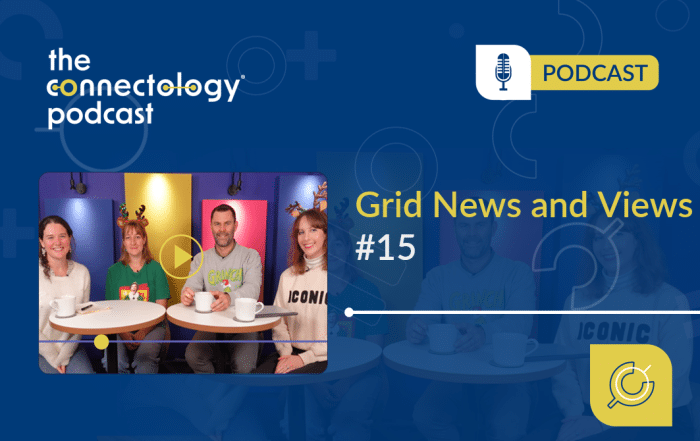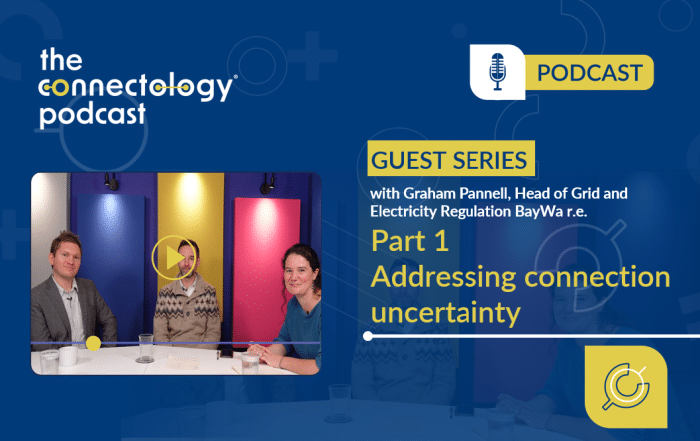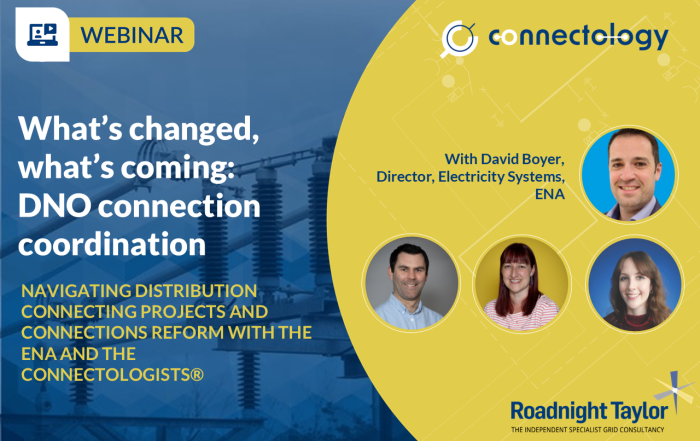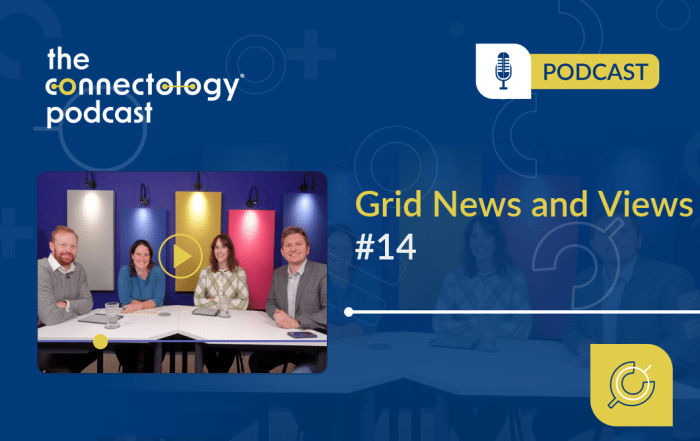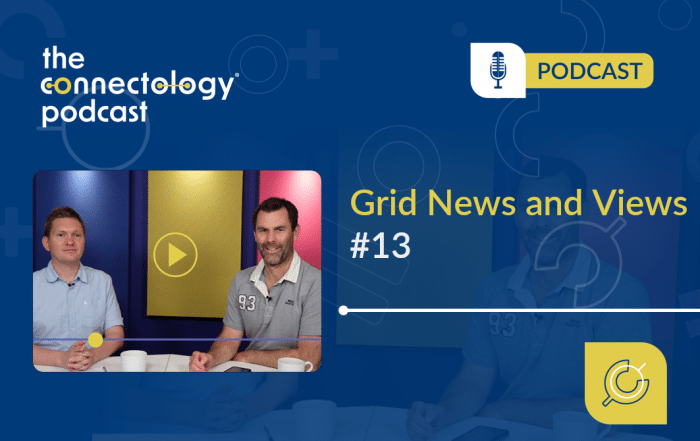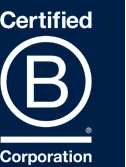What are second comer charges?
Second comer charges are contributions that customers connecting to the electricity grid have to make to works already paid for by a previous customer. They are often referred to as ECCR payments, based on the legal document they are based on, the Electricity (Connection Charges) Regulations, which came into effect in 2002 and were superseded by a revised set of rules in 2017.
The charges fall into two categories: connection assets and reinforcement works.
Article by Pete Aston – acknowledged expert in networks
Pete joined Roadnight Taylor from Western Power Distribution, the UK’s largest DNO, where he was Primary System Design Manager. He led a team of sixty responsible for all connections and reinforcement of the extra high voltage network and oversight of the roll out of active network management across all four of WPD’s licence areas.
First written: 1st April, 2022. Last review: 11 June, 2025

These descriptions apply to distribution connections. Separate rules apply to transmission charging.
Connection assets
When customers connect to the electricity grid, they will require assets to be installed (such as underground cables) to connect their site to the existing grid. These are referred to as connection assets, although sometimes they are called sole use assets, as they are only used to supply one site. The connecting customer will pay the full cost of these works.
If another customer wishes to connect to these sole use assets (and the capacity of those assets is sufficient) within 10 years of the connection of the first customer who required them (as from 6th April 2017, as before that the prescribed period was 5 years), the second comer needs to pay the first customer a proportion of the cost of the sole use assets. This is to the benefit of both customers, as the cost of the assets is shared.
The split of the cost depends on both the capacity split between the first and subsequent customers, and (for a circuit) the proportion of the length of the circuit being used by the subsequent customer. The contribution is paid by the second comer to the Distribution Network Operator (DNO), who passes the payment on to the first customer.
Reinforcement works
A connecting customer might also trigger upgrades, or network reinforcement, on the grid, typically to replace an asset (like an underground cable or a transformer) with something with a higher capacity. When this reinforcement happens, the cost is usually split between the connecting customer and the network company, based on something called the Cost Apportionment Factor (CAF).
If another customer connects to that part of the network within 10 years of the connection of the customer who triggered the reinforcement work (for reinforcements completed after 6 April 2017, but only 5 years for works before that date), the second comer will need to pay their proportion (CAF) of the cost of the works. This is paid directly to the DNO and is effectively a refund to the DNO.
Speculative developments
Reinforcement works that are triggered by a development that is deemed speculative by a DNO are usually paid for in full by the customer, instead of the normal apportioned amount for non-speculative developments. In these situations, the customer who triggered and paid for the reinforcement would collect any second comer charges (subject to the charging rules that are applicable), via the DNO.
Impact on connection charges and timescales
Second comer charges can potentially add quite significant costs onto a scheme, sometimes into millions of pounds. If the works haven’t been completed, then they can also result in timescale delays.
Payment of ECCR
Second comer charges (ECCR payments) can be unclear in connection offers. It can sometimes be a single cost line or in an appendix, with little or no explanation.
A DNO can only collect an ECCR payment once all the works are complete for the triggering customer and the triggering customer is connected. A true ECCR payment is only made at the point when a second comer is connected, so would be part of any final stage payment before energisation.
However, if a customer triggers reinforcement works but is not ready to proceed, and a second comer who also needs the works is ready to proceed, the first customer will likely be asked to pay their proportion of the reinforcement works at the same time, rather than at the point when they connect. If the first comer is not in a position to pay, it is possible that their offer would be terminated.
There are also scenarios where a customer triggers reinforcement works that the network company then starts to build. But if the customer then decides to pull out, they will be liable to pay the full cost of the reinforcement works, unless there happens to be a second comer who also needs the works completing.
Presentation of second comer charges in connection offers
There is often very little information about the ECCR charge presented to customers in the connection offer. Sometimes it is a single cost line in a financial breakdown, or tucked away in an appendix, without any explanation of why the payment is required. It is often necessary to ask the DNO for information relating to how they have calculated the charge, such as the CAF used for reinforcement contributions.
When the first customer triggers a network reinforcement, it is presented in the connection offer as a specific piece of work, which the customer will pay a proportion of. When a DNO issues an offer to subsequent customers who also require the same reinforcement, it has two options:
- Present the reinforcement charge as an ECCR payment, even though the first customer hasn’t connected and the works aren’t completed (i.e. it’s not a true ECCR charge yet).
- Present the reinforcement charge in each offer as if each customer were triggering the works. This is not quite true either and can lead to internal issues within DNOs of approving the same works to be offered multiple times.
There is no good way of resolving this and different DNOs, indeed different teams within the same DNO, might use either one of the two methods above. Essentially there is a ‘queue’, in that one customer will ultimately be the triggering customer and all other customers will be second comers.
This can lead to the way that the charge is presented in the connection offer changing over time. It may have been presented initially as works triggered by the customer, and then changed to being presented as an ECCR charge. Or it may have been presented as an ECCR and then changed to be works that the customer has triggered.
If this happens, in most cases there will be no change to the actual charge, but just the way it is presented in the offer. However, for generation reinforcements the high cost cap of £200/kW is only usually applied to the customer triggering the reinforcement. So there is the potential for a customer who had an ECCR contribution shown in their offer that only included a CAF towards the reinforcement, to be recategorized as the triggering customer (for example if the first customer pulled out) and to pick up the high cost cap charges over the £200/kW threshold as well.
Connection charges shown in offers are usually an estimate and are subject to change for numerous reasons. Second comer charges just add another variable to the mix and need careful consideration.
Contact us
Roadnight Taylor can can advise on where ECCR payments will be required and the level of cost that might be expected. We can also help you review connection offers and identify the nuanced risks in relation to reinforcement and second comer payments. To find out more call us on 01993 830571 or send us a message via our contact form.



